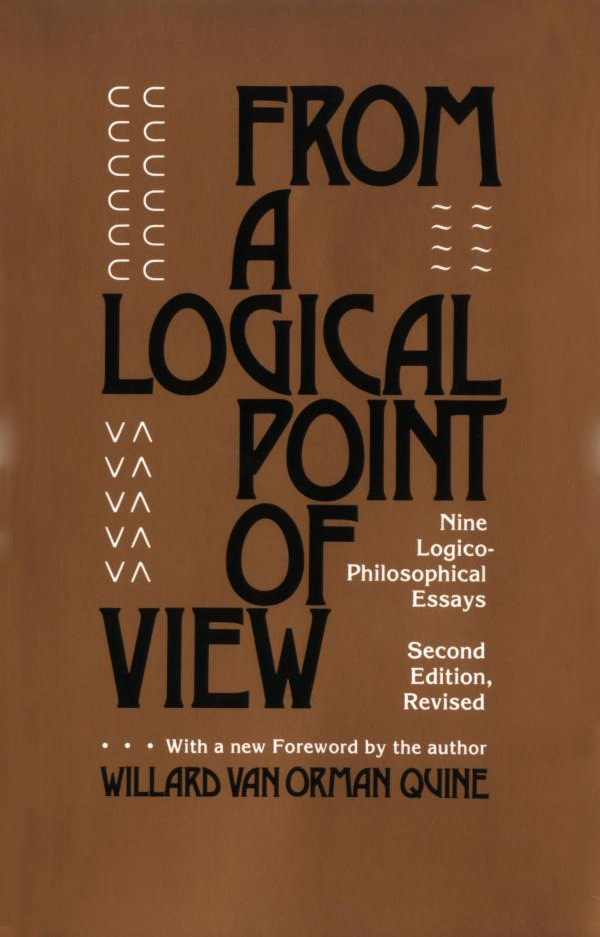An iconographic and text archive related to communication, technology and art.
Take, for instance, the possible fat man in the doorway; and again, the possible bald man in the doorway. Are they the same possible man, or two possible men ? How de we decide ? How many possible men there are in that doorway ? Are there more possible thin ones than fat ones ? How many of them are alike ? Or would their being alike make them one ? Are not two possible things alike ? Is this the same as saying that it is impossible for two things to be alike ? Or, finally, is the concept of identity simply inapplicable to unactualized possibles ? But what sense can be found in talking of entities which cannot be meaningfully said to be identical with themselves and distinct from one another ?
☛ “On What There Is” by Willard Van Orman Quine, first published in The Review of Metaphysics, Vol. 2, No. 5, Sep., 1948, pp. 23-24
First published in 1948 this article was later reprinted as the first chapter of 1953 Quine’s book From a Logical Point of View (9 Logico-Philosophical Essays) (Cambridge: Harvard, vii + 184 pp.). The full article is available online over at JSTOR and Wikisource. The text was translated to French in 2003 and published by Vrin (« De ce qui est », in QUINE, W.v.O., Du point de vue logique. Neuf essais logico-philosophiques, tr. fr. by J. Vidal-Rosset, S. Laugier and P. de Rouilhan, Paris, Vrin, 2003, p. 25-48). See the publisher’s website for a French presentation of the book.
First spotted via Bifurcations.
- By Philippe Theophanidis
- on
- ― Published in Philosophie
- Tagged: actual, author, book, identity, logic, possible, Quine, reality

